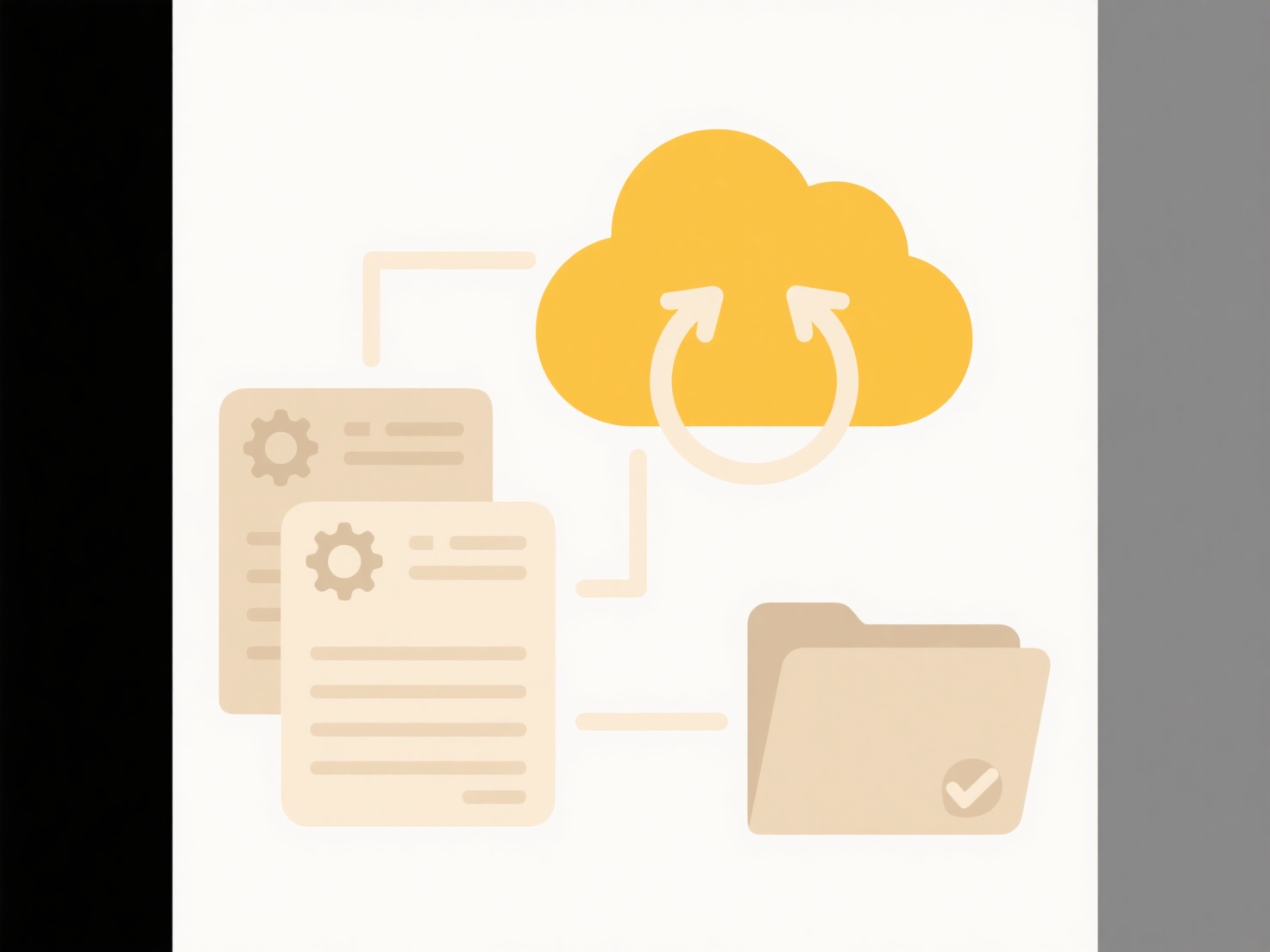
In Microsoft Outlook, securely sharing files without losing permission control means using shared mailboxes or folders instead of direct file attachments. When you attach a file to an email, recipients gain uncontrolled access to that file once they download it. However, sharing files via linked folders or attachments stored in a cloud service like SharePoint or OneDrive enables ongoing permission management. Outlook leverages Microsoft’s cloud integration to maintain these permissions through linked files rather than physical copies.
For instance, when drafting an email, select "Attach File" and pick a file from OneDrive or SharePoint to insert as a cloud link instead of a traditional email attachment. This prompts recipients to access the file via Microsoft 365, honoring the original permissions and organizational policies. Alternatively, create and share a team-specific Outlook shared mailbox, where files stored in its associated SharePoint site can be accessed by approved collaborators. Both methods preserve centralized permission audits for compliance-heavy industries like finance or legal.

Key advantages include reduced email size, traceable access logs, and real-time revocation if permissions change. Limitations involve dependence on Microsoft 365 subscriptions and recipient sign-in requirements. This approach ethically safeguards confidential files, particularly relevant under data privacy laws. Microsoft continues enhancing this model via tools like sensitivity labels in Outlook, which automate permissions based on file classification.
How do I share files in Microsoft Outlook without losing permission control?
In Microsoft Outlook, securely sharing files without losing permission control means using shared mailboxes or folders instead of direct file attachments. When you attach a file to an email, recipients gain uncontrolled access to that file once they download it. However, sharing files via linked folders or attachments stored in a cloud service like SharePoint or OneDrive enables ongoing permission management. Outlook leverages Microsoft’s cloud integration to maintain these permissions through linked files rather than physical copies.
For instance, when drafting an email, select "Attach File" and pick a file from OneDrive or SharePoint to insert as a cloud link instead of a traditional email attachment. This prompts recipients to access the file via Microsoft 365, honoring the original permissions and organizational policies. Alternatively, create and share a team-specific Outlook shared mailbox, where files stored in its associated SharePoint site can be accessed by approved collaborators. Both methods preserve centralized permission audits for compliance-heavy industries like finance or legal.

Key advantages include reduced email size, traceable access logs, and real-time revocation if permissions change. Limitations involve dependence on Microsoft 365 subscriptions and recipient sign-in requirements. This approach ethically safeguards confidential files, particularly relevant under data privacy laws. Microsoft continues enhancing this model via tools like sensitivity labels in Outlook, which automate permissions based on file classification.
Quick Article Links
How do I rename photos using EXIF data?
Renaming photos using EXIF data involves leveraging metadata automatically embedded by your camera into each image file....
Can I search inside folders I don’t have permission to open?
No, you generally cannot search within folders for which you lack explicit access permissions. Permissions act as a secu...
How do I exclude files from batch rename by keyword?
Batch renaming changes multiple filenames simultaneously using defined rules. Excluding files by keyword involves specif...